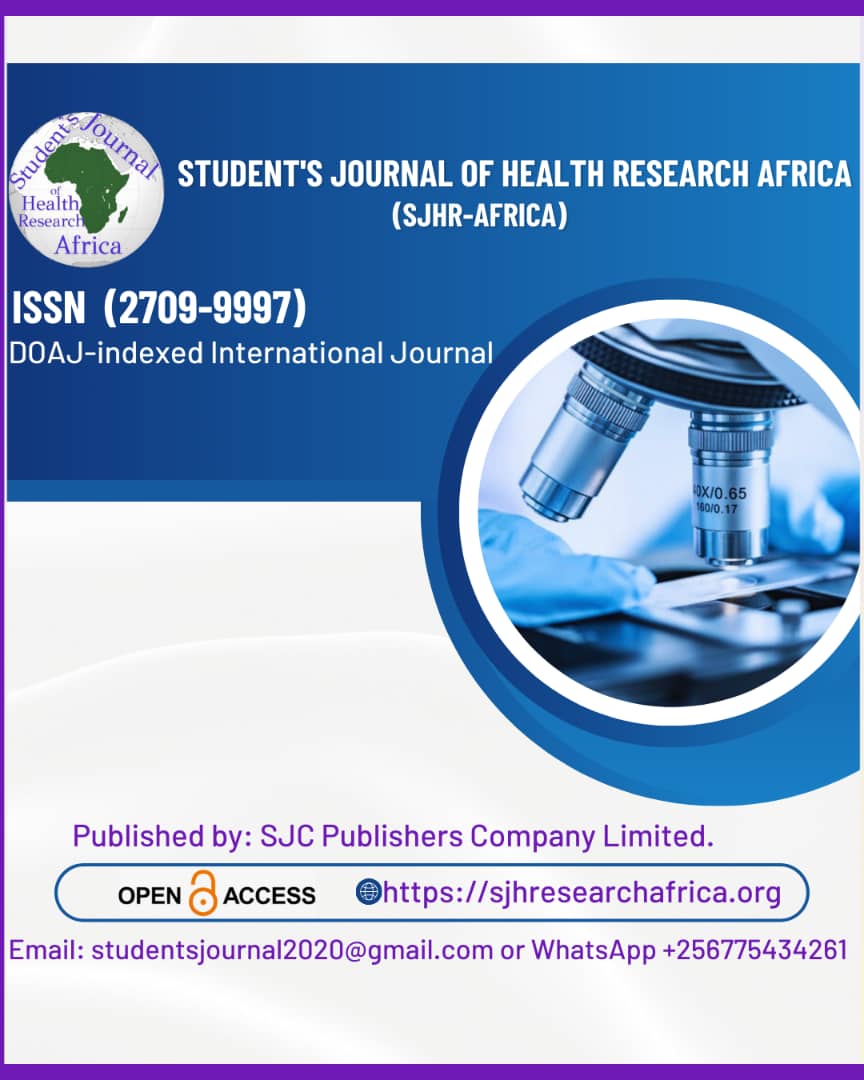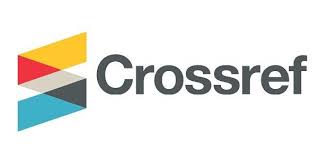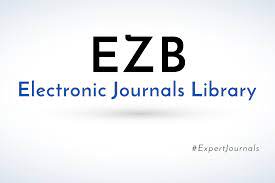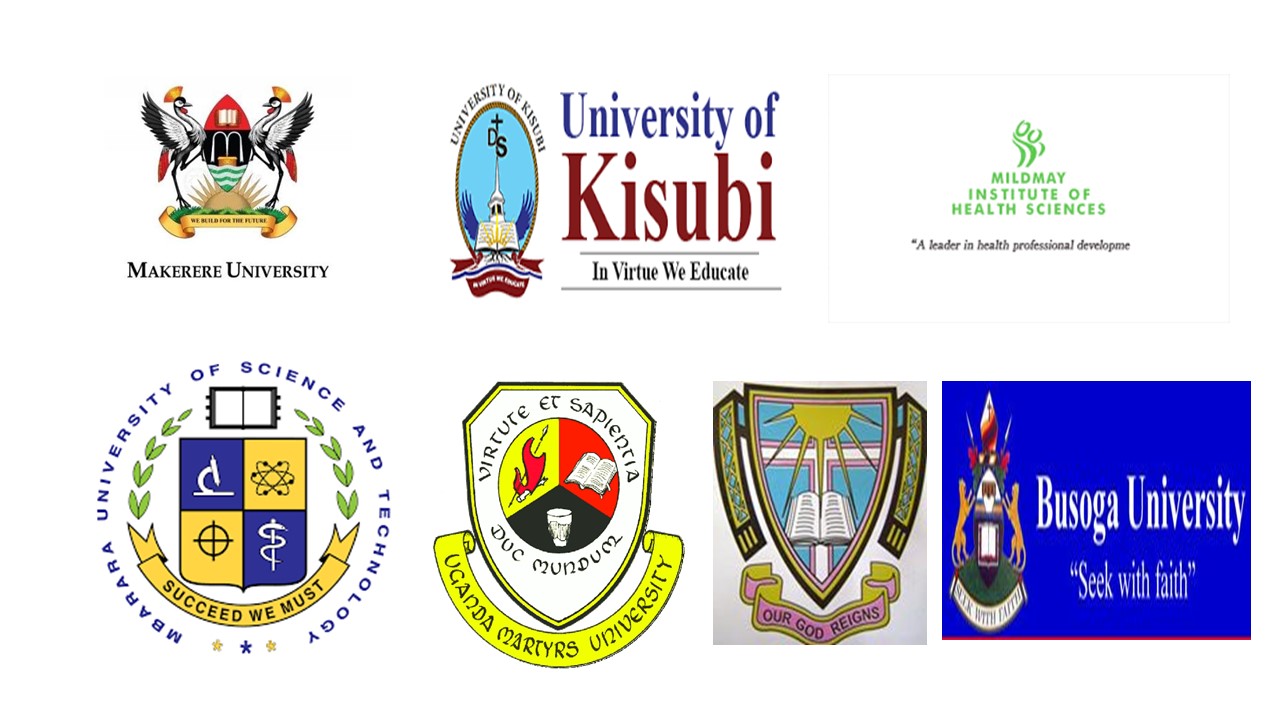Comparative and correlative levels of copper, zinc, with ceruloplasmin and metallothionein in art-HIV infected and non-art-HIV infected subjects: A cross-sectional study.
DOI:
https://doi.org/10.51168/sjhrafrica.v6i9.2146Keywords:
HIV, antiretroviral therapy, zinc, copper, ceruloplasmin, metallothionein, lipid profile, glycaemic parametersAbstract
Background:
Trace elements such as copper and zinc, along with their transport proteins ceruloplasmin and metallothionein, play crucial roles in immune function and oxidative balance. Human immunodeficiency virus (HIV) infection and antiretroviral therapy (ART) alter these micronutrient levels, influencing disease progression and metabolic complications.
Objectives:
To compare and correlate copper, zinc, ceruloplasmin, and metallothionein levels between ART-HIV–infected and non-ART-HIV–infected subjects and evaluate associated biochemical and metabolic parameters.
Methods:
A cross-sectional study was conducted on 200 HIV-infected subjects (100 on ART, 100 not on ART) attending a tertiary care center. Demographic, physical, lipid, glycaemic, and trace element parameters were assessed using standard biochemical methods. Statistical analysis was performed with SPSS software; p < 0.05 was considered significant.
Results:
The mean age of participants was 55.5 ± 6.2 years, with a male-to-female ratio of 1.3:1. BMI was significantly higher in ART-HIV subjects (p < 0.0001), while blood pressure and age were comparable between groups. ART-HIV subjects exhibited lower total cholesterol and LDL but higher HDL compared with non-ART-HIV patients. Fasting blood sugar was significantly lower in the ART group (p < 0.001), though insulin levels showed no difference. Notably, serum zinc levels were markedly reduced in ART-HIV subjects (p < 0.0001), whereas copper, ceruloplasmin, and metallothionein were significantly elevated (p < 0.05). A positive correlation was observed between copper and ceruloplasmin, and a negative correlation between zinc and ceruloplasmin.
Conclusion:
HIV infection and ART significantly alter trace element balance and related biomarkers. ART appears beneficial in improving lipid and glycaemic profiles but is associated with zinc depletion and compensatory increases in copper, ceruloplasmin, and metallothionein.
Recommendations:
Routine monitoring of trace elements in HIV-infected patients is essential. Zinc supplementation and dietary counseling may mitigate long-term metabolic complications and improve immune resilience.
References
Baissary J, Koberssy Z, Wu Q, Sattar A, Atieh O, Daher J, et al. Zinc Supplementation, Inflammation, and Gut Integrity Markers in HIV Infection: A Randomized Placebo-Controlled Trial. Nutrients. 2025 May 14;17(10):1671. doi: 10.3390/nu17101671. PMID: 40431411; PMCID: PMC12114530. https://doi.org/10.3390/nu17101671
Rodrigues SS, Bocchi M, de Oliveira DM, Fernandes EV. Importance of trace elements in the immunometabolic health of people living with HIV/AIDS: a literature review. Mol Biol Rep. 2024 Dec 21;52(1):71. doi: 10.1007/s11033-024-10186-4. PMID: 39708271. https://doi.org/10.1007/s11033-024-10186-4
Proikaki S, Georgiadis N, Sergentanis TN, Kornarou E, Vassilakou T. Nutritional Status of Adult People Living with HIV: A Narrative Review. Diseases. 2025 Feb 14;13(2):56. doi: 10.3390/diseases13020056. PMID: 39997063; PMCID: PMC11854654. https://doi.org/10.3390/diseases13020056
Onwuli D, Waribo-Anthony H, Anyalebechi O, Ugochukwu C. CD4+ T-cell count, serum zinc, copper, and selenium levels in HIV sero-positive subjects on ART and ART naïve subjects in Port Harcourt, Nigeria. J Biosci Med. 2022;10:105-16. doi:10.4236/jbm.2022.105010 https://doi.org/10.4236/jbm.2022.105010
Weiselberg J, Niu M, Hernandez CA, Fox HS, Calderon TM, Berman JW. Methamphetamine Induces Metallothionein 1 Expression and an Inflammatory Phenotype in Primary Human HIV-Infected Macrophages. International Journal of Molecular Sciences. 2025; 26(18):8875. https://doi.org/10.3390/ijms26188875
Nedić O, Šunderić M, Robajac D, Miljuš G, Četić D, Penezić A. Major trace elements and their binding proteins in the early phase of Covid-19 infection. J Biol Inorg Chem. 2022 Mar;27(2):261-269. doi: 10.1007/s00775-022-01931-w. Epub 2022 Feb 12. PMID: 35150336; PMCID: PMC8853275. https://doi.org/10.1007/s00775-022-01931-w
Stiles LI, Ferrao K, Mehta KJ. Role of zinc in health and disease. Clin Exp Med. 2024 Feb 17;24(1):38. doi: 10.1007/s10238-024-01302-6. PMID: 38367035; PMCID: PMC10874324. https://doi.org/10.1007/s10238-024-01302-6
Wang Y, Sun Y, Jie T, Wang M, Zhang S, Yang H, et al. Association between serum Copper-Zinc-Selenium mixture and multiple health outcomes. Bioact Mater. 2025 Apr 24;50:432-442. Doi: 10.1016/j.bioactmat.2025.04.004. PMID: 40309256; PMCID: PMC12041763. https://doi.org/10.1016/j.bioactmat.2025.04.004
Asemota EA, Okafor IM, Okoroiwu HU, Ekong ER, Anyanwu SO, Efiong EE, et al. Zinc, copper, CD4 T-cell count, and some hematological parameters of HIV-infected subjects in Southern Nigeria. Integr Med Res. 2018 Mar;7(1):53-60. doi: 10.1016/j.imr.2018.01.008. Epub 2018 Feb 13. PMID: 29629291; PMCID: PMC5884009. https://doi.org/10.1016/j.imr.2018.01.008
Charkiewicz AE. Is Copper Still Safe for Us? What Do We Know and What Are the Latest Literature Statements? Current Issues in Molecular Biology. 2024; 46(8):8441-8463. https://doi.org/10.3390/cimb46080498
Gandhi RT, Landovitz RJ, Sax PE, Smith DM, Springer SA, Günthard HF, et al. Antiretroviral Drugs for Treatment and Prevention of HIV in Adults: 2024 Recommendations of the International Antiviral Society-USA Panel. JAMA. 2025 Feb 18;333(7):609-628. doi: 10.1001/jama.2024.24543. PMID: 39616604. https://doi.org/10.1001/jama.2024.24543
Baum MK, Lai S, Sales S, Page JB, Campa A. Randomized, controlled clinical trial of zinc supplementation to prevent immunological failure in HIV-infected adults. Clin Infect Dis. 2010 Jun 15;50(12):1653-60. doi: 10.1086/652864. PMID: 20455705; PMCID: PMC2874106. https://doi.org/10.1086/652864
Downloads
Published
How to Cite
Issue
Section
License
Copyright (c) 2025 Dr. Nageswara Rao. T , A.Srinivas, Dr. Manju Thomas, Dr . Yakaiah Vangoori, Dr . Suresh Babu Sayana

This work is licensed under a Creative Commons Attribution-NonCommercial-NoDerivatives 4.0 International License.





















